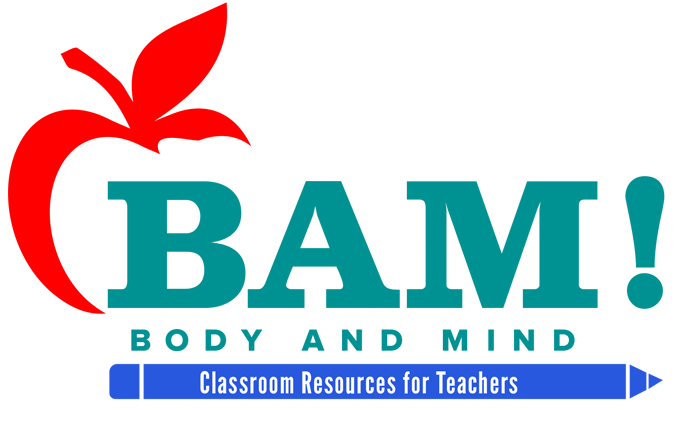
SURFING ACTIVITY CARD
Parts of the Body Worked

Upper & Lower Legs

Hips & butt

Knees & Ankles

Shoulder & Neck

Lower back

Do you live close to the coast and beach? This is a sport that uses waves.
Gear Up
All you really need is a bathing suit or a wetsuit (for cold water or if it’s cold out), and of course, a surfboard! Here are some tips: You may want to get a used or inexpensive board at first. It wouldn’t be smart to mess up a cool, new board making beginner’s mistakes. The fins should be in good condition, and it should have a place to attach a leash (cord that hooks your ankle to the board so it doesn’t get away). Long boards are easier to ride and control. Your board should be 12 to 14 inches taller than you. Also, put two coats of wax on your board if the deck (top) doesn’t have a pad that keeps you from slipping.
Play it Safe
What do surfing and walking a dog have in common? Well, surfboards don’t bark, but they still need a “leash” to keep them from getting away! Surfing takes lots of practice, but when you’re riding that wave, it’s incredible! Here’s how to start:
Goofy Foot? Put your best foot forward—find out whether you are regular or goofy-footed! Try sliding across a smooth floor with socks on. If you lead with your left foot, you’re “regular,” and the left foot goes near the front of the board when you’re surfing. If your right foot goes first, you’re “goofy,” and the right foot goes up front!
Paddling. To get around in the water, lay chest-down on your board, keeping your legs straight behind you. With each arm, make an overhand swimming stroke that starts at the front of the board and finishes under the board near your legs. (It’s like swimming the crawl stroke, except you’re on top of the board!) As you finish the stroke with one hand, the other hand is just starting. Try practicing in shallow water or a pool first.
Catching the Wave. When you see white water (breaking waves) coming, turn around to face the shore, aim your board the direction the wave is coming, and start to paddle in. When the wave reaches you, it will push you forward. Stop paddling, grab the side of the board, push up your body, and quickly get your feet under you. Both should land at the same time, toes pointing sideways. Move your lead (regular or goofy) foot in front. Hey, you’re surfing!
How to Play
First things first … You’ve gotta be a strong swimmer. As a beginner, you are going to be in the water more than riding your board! And always surf with someone else.
While you’re a beginner, stick to waves no bigger than three feet. If you are a real beginner, surf only broken (white) waves. Never paddle out farther than you can swim back with your board. Most of all, if it doesn’t feel right or you are too scared, just don’t go!
Always leash your board to control it. When you begin the wipeout (fall at the end of a ride), kick your board out and away from you.
Bad weather = No surfing.
Did you know that surfers have rules for who “owns” a wave? Surfers riding waves have to get out of the way of those paddling out, and everyone has to stay clear of swimmers. A surfer who is standing and riding a wave gets to keep it —no one should “drop in” (try to catch the same wave).
Finally, make sure to wear
Fun Facts
Everything has the potential to move, known as potential energy. When it does move, it changes into kinetic (moving) energy. A wave is potential energy that travels a very far distance across the water. This energy is created by stuff like the wind. When the potential energy in the water changes into kinetic energy, the water starts moving, making waves. Surfers catch a small bit of this force, jump on their boards, get up, and surf. Cool stuff, huh?
The movie Blue Crush was filmed in Hawaii, on the north shore of the island of Oahu.
Among board riders across the world, female surfers are known as “wahines.”
“Surf forecasters” use information from satellites in space to find big waves.
